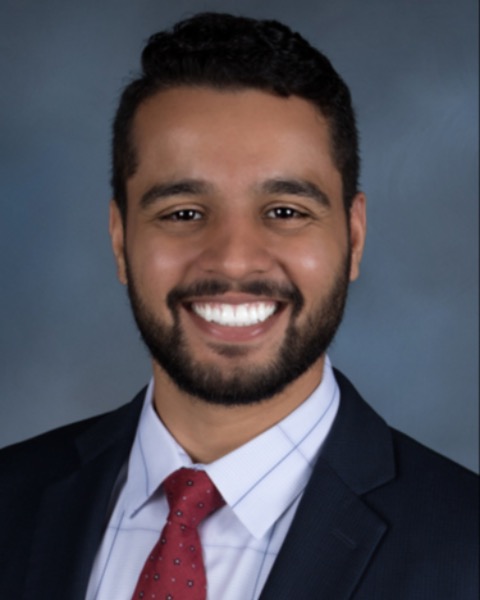Adult Cardiac
Category: Scientific Abstract: Oral/Poster
Interhospital Variability in 180-day Infections Following Cardiac Surgery
S. Raza1, N. M.. Barnett2, S. Zhou3, C. Chang4, R. Hawkins5, R. Alnajjar6, A. DeLucia7, C. Schwartz8, M. Thompson9, H. Hou10, E. N. Hammond11, F. Pagani12, D. Likosky10
1University of Michigan, Ypsilanti, Michigan 2University of Michigan Medical School, Ann Arbor, Michigan 3Michigan Medicine, Ann Arbor, Michigan 4University of Michigan Department of Cardiac Surgery, Ann Arbor, Michigan 5University of Michigan, Ann Arbor, Michigan 6Henry Ford Health, Bloomfield Hills, Michigan 7University of Michigan Health West, Hickory Corners, Michigan 8Trinity Health Oakland, Pontiac, Michigan 9University of Michigan: Michigan Medicine, Saline, Michigan 10University of Michigan Medical Center, Ann Arbor, Michigan 11University of Michigan: Michigan Medicine, Ann Arbor, Michigan 12University of Michigan Hospital, Ann Arbor, Michigan
1University of Michigan, Ypsilanti, Michigan 2University of Michigan Medical School, Ann Arbor, Michigan 3Michigan Medicine, Ann Arbor, Michigan 4University of Michigan Department of Cardiac Surgery, Ann Arbor, Michigan 5University of Michigan, Ann Arbor, Michigan 6Henry Ford Health, Bloomfield Hills, Michigan 7University of Michigan Health West, Hickory Corners, Michigan 8Trinity Health Oakland, Pontiac, Michigan 9University of Michigan: Michigan Medicine, Saline, Michigan 10University of Michigan Medical Center, Ann Arbor, Michigan 11University of Michigan: Michigan Medicine, Ann Arbor, Michigan 12University of Michigan Hospital, Ann Arbor, Michigan

S. Sikandar Raza, MD (he/him/his)
PGY2 Integrated Thoracic Surgery Resident
University of Michigan
Ypsilanti, Michigan, United States
Presenting Author(s)
Disclosure(s):
S. Sikandar Raza, MD: No financial relationships to disclose
Purpose: Postoperative infections contribute to significant major morbidity and mortality following cardiac surgery. However, existing infection metrics tracked through national registries are limited in their scope and follow-up period. This large, statewide analysis provides contemporary hospital risk-adjusted benchmarking data that describes the extent and associated impact of infections following cardiac surgery.
Methods: Medicare claims from 8335 Michigan fee-for-service beneficiaries undergoing isolated coronary artery bypass grafting (CABG) (n=4162, 49.8%), isolated surgical aortic valve replacement (SAVR) (n=618, 7.4%), CABG + SAVR (n=627, 7.5%), or transcatheter aortic valve replacement (TAVR) (n= 2946, 35.3%) between 2017-2020 at 33 Michigan hospitals were linked to The Society of Thoracic Surgeons institutional data. Nine infection types (urinary tract, pneumonia, sepsis, diverticulitis, bloodstream/CLABSI, endocarditis, sternal wound, Clostridioides difficile colitis, cholecystitis) were tracked within 180 days following surgery. Multivariable logistic regression was used to estimate adjusted rates of infections, accounting for preoperative risk factors and procedure type. Terciles of adjusted hospital infection rates were created for descriptive statistics.
Results: Overall, the average age was 74.2 ± 9.1 years, 36.5% were female, 4.9% were Black and 1.4% were Hispanic. The overall rate of infection through 180 days following surgery was 17.8%, varied by procedure type (CABG: 18.2%, SAVR: 14.9%, CABG+SAVR: 19.6%, TAVR: 17.4%) and by low versus high tercile hospitals (low: 13.8%; high: 25.6%). While most baseline characteristics were similar across hospital terciles, patients at high vs. low tercile hospitals were more likely to undergo isolated CABG (64.3% vs. 55.1%), be of Black race (6.4% vs. 2.2%), and were less often classified as NYHA I-II (7.69% vs. 18.65%), all p< 0.0001. The most common infection was urinary tract infection (8.7%), followed by pneumonia (7.0%) and sepsis (5.2%). Multivariable predictors of infections are listed in the Table. The 180-day risk-adjusted infection rates varied between 7.8% - 30.8% across hospitals, Figure. Patients at high versus low adjusted infection tercile hospitals were more likely to have an increased associated 180-day mortality risk (7.0% vs. 4.5%, p< 0.0001).
Conclusion: Postoperative infection burden is significant, with 17.8% of Medicare beneficiaries developing a 180-day infection. Adjusted infection rates varied by 23% across hospitals and were associated with higher mortality although unexplained by patient risk. Future efforts should identify important determinants (health system, community) of interhospital variability in infections.
Identify the source of the funding for this research project: Agency for Healthcare Research and Quality - R01
